The new Swedish test involved four debutants at once, one of which failed completely, while another set a new standard for ice traction.
List of models tested:
- Continental IceContact 3
- Goodyear UltraGrip Arctic 2
- Linglong Green-Max Winter Grip 2
- Michelin X–Ice North 4
- Nexen WinGuard WinSpike 3
- Nokian Hakkapeliitta 10
- Nokian Nordman 8
- Pirelli Ice Zero 2
The new Vi Bilägare test involved four tires at once that were never tested by the Swedish magazine before, including one of the main newcomers of the season, Nokian Hakkapeliitta 10, which has already won the Moottori test (for the Russian market, the tire maker supplies the Hakkapeliitta 10p modification that features larger studs). Just like with the previous-generation tire, the «ten» model has two types in it: the ones in the middle of the tread boost longitudinal traction, improving the effectiveness of acceleration and braking, while the studs at the shoulders prevent lateral skid. Renewing the winter line, Nokian also released the new Nordman 8 model, which is essentially a reincarnation of the Hakkapeliitta 8 tire that was presented back in 2013.

Yet another newcomer was the Goodyear UltraGrip Arctic 2 model equipped with the Arctic Eagle Claw studs, which, according to the manufacturer, boost the ice traction (their number was also increased), and still another debutant of the test was the Nexen WinGuard WinSpike 3 tire, about which the experts arguably said that its design was «shamelessly copied» from the Michelin X–Ice North 4, which also took part in the test, having won two previous tests conducted by VB as well. Even though the tread patterns do look similar, the Nexen model has fewer studs — 190 vs 250 on the Michelin tire. The record-breaking number of studs this time around was detected not on the tires from the French brand but on the second-generation Green-Max Winter Grip from China’s Linglong — the new model has 252 of them. The list of competitors is completed by the veterans of the market, Continental IceContact 3 and Pirelli Ice Zero 2; in their commentary to the results of the test, the experts expressed regret that the test did not include the recently presented Falken Winterpeak F-Ice 1. This model received its recognizable tread pattern from the Dunlop SP Winter Ice 03 tire, and it really would be interesting to check out how it would perform in independent tests.
The ice and snow tests were conducted at night in mid-March on tracks near Älvsbyn, Sweden, where the test car was a VW Golf VII. On dry and wet pavement in Tampere (Finland), the test cars were two Seat Leon ST’s. The tires were tested in a popular size of 205/55 R16.
Test Disciplines
Ice
The newcomers at once let everyone know that the Michelin tire, which used to set the tone in the ice tests, was no longer an indisputable leader, and in the very first discipline, which was ice acceleration, the results on a par with the X–Ice North 4 were shown by the Nokian and Goodyear tires. What’s more, even the Nordman model from a different price segment fell behind only a little. This time around, the disappointment of the test was the Continental model (which in the Moottori test also lost a fair number of points on ice), while the Nexen tire lagged hopelessly behind its rivals.
In the ice braking test, the differences in the tires’ performance turned out to be significant; the best tire, which had a serious lead over the competitors, was the new Goodyear model, with Michelin following close behind. What came as a surprise was the fourth place scored by Linglong that was able to surpass Nordman and almost stand up to Nokian, while Pirelli and Nexen were rated as «poor» in this discipline.
The Linglong model also surprised the experts in the ice handling test by demonstrating excellent lateral grip and scoring the third line of the tournament bracket, letting only Goodyear and Michelin get ahead. At the same time, the VB experts said that the two leaders demonstrated a stronger grip during the braking before cornering and better acceleration when exiting a corner, while the best lateral stability was still ensured by the Chinese tires. The Nordman tires were less stable during abrupt cornering than Nokian, which demonstrated a generally better grip, while the Nexen tires just could not follow the desired trajectory, and the car kept sliding sideways.
Snow
When driving on snow, the key factor is no longer the studs but the tread pattern, and here the best traction was shown by Pirelli, but it must be noted that all of the tires, except for Linglong and Nexen, performed reasonably well.
In the snow braking test, almost all of the tires showed similar decent results with only Linglong falling behind. The best tires in this discipline were Continental and Goodyear.
The Continental model also showed the best lap time on snow, and the experts noted that the loss of grip occurs gradually, i.e. the tires warn the driver about it. Pirelli ensured consistent grip in corners, which makes it possible to safely perform emergency maneuvers, while Michelin, Nokian, and Goodyear let the two mentioned tires take over the lead in terms of handling performance.
Asphalt
Hydroplaning resistance, just like other parameters of the tires, was evaluated in two temperature modes. The two best tires that keep up the grip on a 7-mm water layer were Pirelli and Nexen; when it came to Linglong, the experts noted that it dispelled water from the contact area almost as poorly as the worst friction tires (which are inferior to studded tires in this respect due to softer rubber compounds).
Pirelli and Nexen were also the fastest to stop the car on wet pavement, while the good results demonstrated by a quartet below (headed by Goodyear) prove that tire makers can indeed combine excellent ice grip and tarmac traction. The worst performance in this discipline was demonstrated by the Michelin tire that was inferior even to the inexpensive Linglong model.
On dry pavement, Pirelli again demonstrated the best braking performance; generally speaking, these are the tires that are good on tarmac. Michelin came second, which means that these tires are much better on dry pavement than in the wet. The longest braking distances were shown by the two models from Nokian.
The quietest tire was the Michelin model, followed by Pirelli. The worst performance in this area was demonstrated by Nexen and, particularly, Linglong, whose noise will make the driver feel uncomfortable.
Results
The Goodyear UltraGrip Arctic 2 tire, as the test experts noted, was able to set a new standard for ice traction. The newcomer scored a maximum number of points on ice, surpassing the ex-champion, Michelin; at the same time, it had a very short stopping distance on snow. At the same time, the lateral grip of this tire was not as good as the straight one, and the Goodyear model does not resist lateral skid as effectively as some other tires.

On tarmac, the Goodyear model also consistently scored places in the upper part of the tournament bracket, the straight traction again being superior to the one in corners. One way or another, excellent results achieved in any conditions allowed the Goodyear model to score the first place with a considerable lead over the closest pursuer.
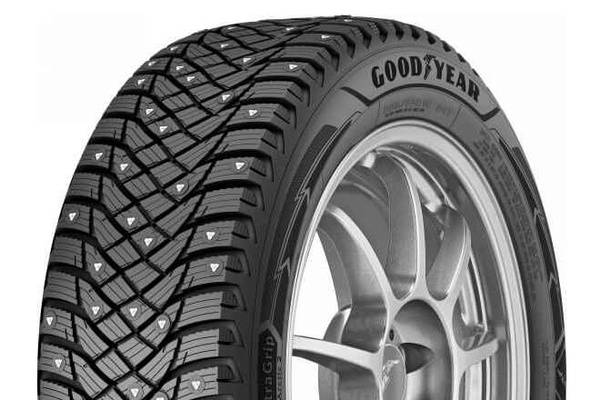
After two victories in the previous VB tests, the Michelin X–Ice North-4 had to settle for silver. Granted, this tire still ensures excellent ice traction — it’s just that it is no longer the absolute champion in this area. Just like Goodyear, this tire’s straight traction was superior over lateral one, the grip loosening somewhat during the cornering.
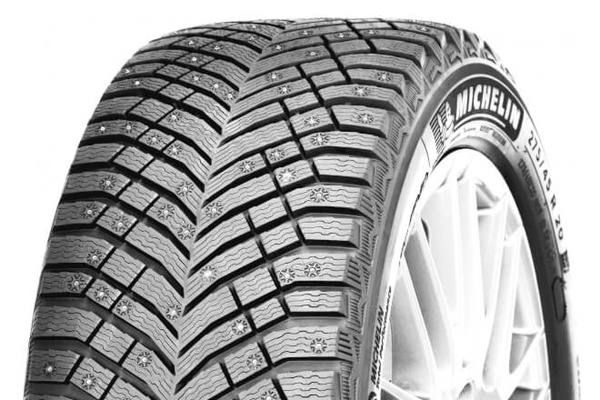
In the tarmac tests, the Michelin tire demonstrated reasonably good stability of handling response, but the experts noted that the tires were a bit slow to react to the driver’s actions during an emergency maneuver. The Michelin tire also had the lowest noise level and an exemplary short stopping distance on dry surfaces, but poor performance on wet pavement prevented it from winning. Otherwise, this is a tire with excellent grip on ice and snow, which also ensures a smooth and quiet ride.
The third position of the chart was occupied by the Finnish Nokian, which, just as expected, demonstrated excellent performance on ice and snow. The VB experts noted that if you compare this new model with the Hakkapeliitta 9, it begins to look like more emphasis was laid on braking performance rather than lateral grip, because the tire is not as stable in corners. The overall level of grip, however, is still high.
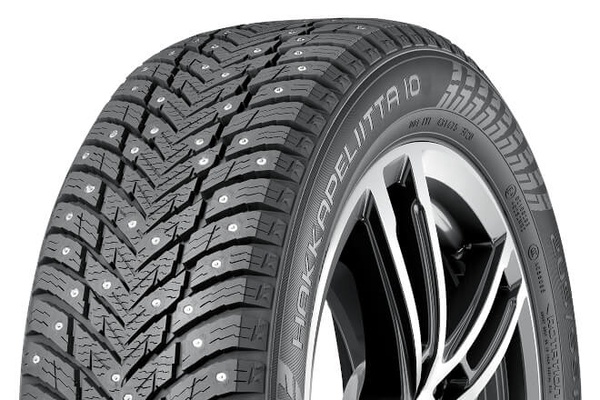
The new Nokian model is equally good on dry pavement, even though it is a little bit too quick to lose grip when hydroplaning occurs. On dry pavement, the experts say, the tire’s behavior became more stable than that of its predecessor, and the engineers were able to improve its handling response. The road noise was also cut down somewhat but this Hakkapeliitta model still cannot be considered the quietest tire around.
The fourth place was scored by Nordman 8, which after the Moottori yet again surpassed the premium Continental, and this time scored an equal number of points with Pirelli. The experts from VB magazine noted that the new Nordman tire provides efficient acceleration and braking on snow and ice. It also has good cornering stability, and on tarmac its performance has been significantly improved compared to the tires of the previous generation, that is, the overall balance of parameters has also been improved.
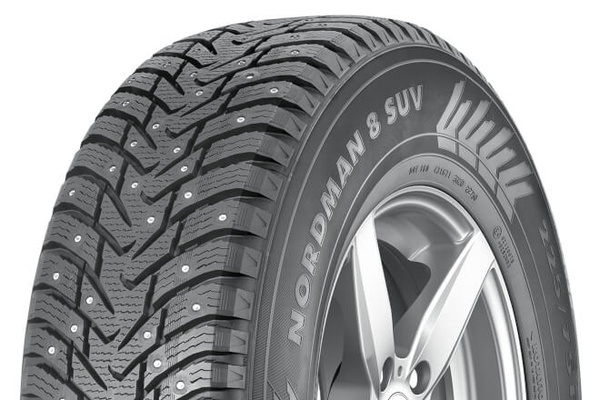
On the whole, the Nordman tire is slightly inferior to Nokian in terms of traction, but these differences did not stop it from scoring the same number of points, and, as for the real weaknesses, it has a relatively long dry braking distance and increased noise emission.
Although the Pirelli Ice Zero 2 shares the same line of the tournament bracket with the Nordman model, these tires are strikingly different in their characteristics. While Nordman performed at its absolute best on snow and ice, Pirelli was the leader on tarmac, being the fastest to stop the car on dry and wet pavement alike, as well as demonstrating excellent handling response. Plus, the Pirelli tire had the highest hydroplaning resistance and delivered a smooth and quiet ride. On snow, the Pirelli model also showed good results and well-balanced behavior in corners, but its grip on ice left much to be desired.
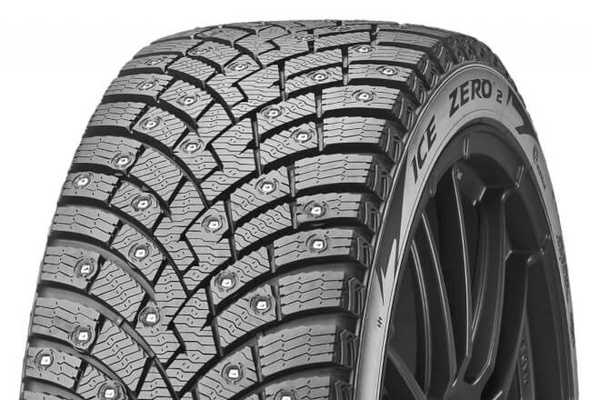
The Continental IceContact 3 scored only the sixth place this time around, becoming one of the main disappointments of the test. As for the rubber-coated studs — which were taken out of production after it became obvious that they got consistently dislodged from the tread — they were never installed in the 16-inch tires, which were always fitted with aluminum studs, and, hence, the reason of poor ice traction must lie somewhere else, but the VB experts noted that this year the projection of the studs was very small — 0.9 mm — which, possibly, affected the tire’s performance. According to the testers, this year Continental was very bad on ice, and its ice grip was downright weak.
On snow, the situation clearly improved, and the Continental model was specially commended for reliable behavior in corners. On tarmac, the grip was also quite high, and the experts noted that no other tire made it so easy to deal with emergencies.
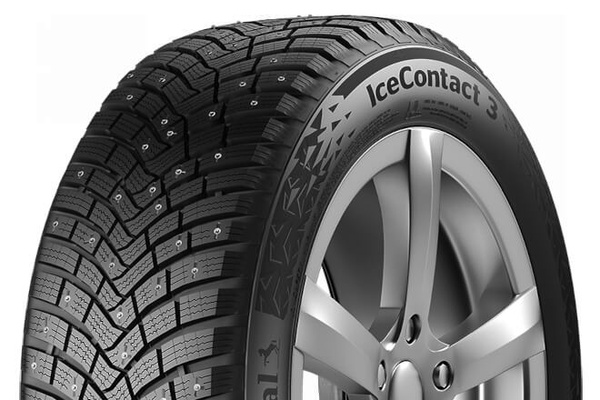
Armed with 252 studs, the Linglong Green-Max Winter Grip 2 was clearly created with a focus on ice traction, which definitely left its mark on the tire’s performance. Linglong’s stopping distance on ice was almost as short as that of the leaders, and the pilots were very much impressed by the tire’s ability to maintain grip in corners on the ice track.
However, this is where the good news ended, and the tire’s grip on all other types of surfaces was significantly weaker. On wet pavement, this tire is slow to stop the car (even though Michelin somehow managed to demonstrate an even weaker performance in this discipline); it had the worst hydroplaning resistance on test, and, to cap it all, this tire was noisy.
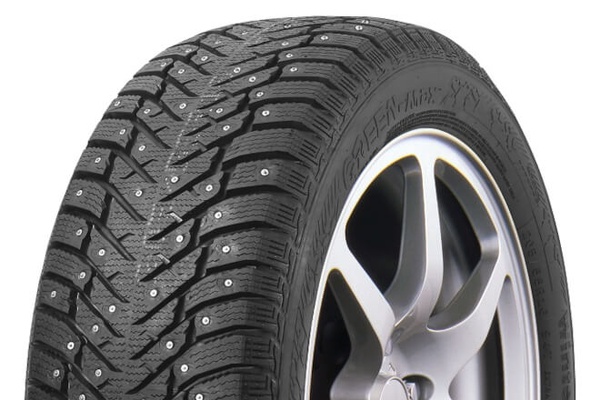
Yet another disappointment of the test was the Nexen tire. The stud projection in this tire is only 0.8 mm, and it turned out to be «totally hopeless» on ice. In corners, the grip was lost too abruptly, and this always occurred on the rear axle, which made the car uncontrollable, and the VB experts noted that tires, designed specifically for Nordic winters, are simply not supposed to behave on ice like that.
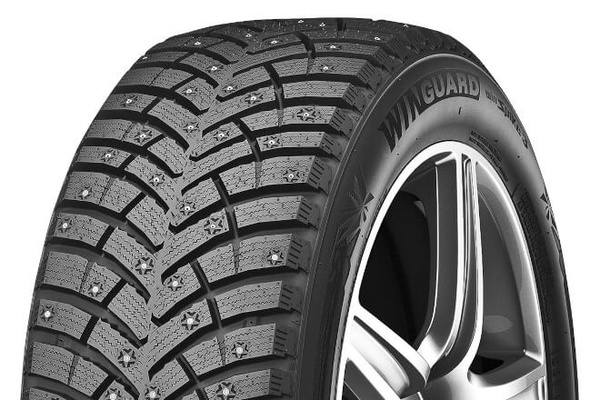
When tested on snow, the Nexen tires could not ensure reliable traction on the front axle, due to which the car easily drifted off the trajectory in corners, particularly during acceleration. On tarmac, the situation was substantially better, and on wet pavement these tires were some of the best in terms of braking performance and lateral stability. At the same time, the Nexen model was the noisiest tire on test, and it ultimately scored the very last place.
1st place: Goodyear / UltraGrip Arctic 2
![]() Quick Take
Quick Take
Goodyear UltraGrip Arctic 2

- Positive: Excellent grip on ice. Short braking distances in all conditions.
- Negative: High rolling resistance.
2nd place: Michelin / X-Ice North 4
![]() Quick Take
Quick Take
Michelin X-Ice North 4

- Positive: Excellent grip on ice and snow. Good dry stability. Low noise level.
- Negative: Poor wet grip.
3rd place: Nokian / Hakkapeliitta 10
![]() Quick Take
Quick Take
Nokian Hakkapeliitta 10

- Positive: Good balance between ice and snow grip.
- Negative: Relatively long braking distances on dry roads. Low resistance to aquaplaning.
4th place: Nokian / Nordman 8
![]() Quick Take
Quick Take
Nokian Nordman 8

- Positive: Good grip and handling on ice and snow.
- Negative: Long braking distances and poor dry handling.
5th place: Pirelli / Ice Zero 2
![]() Quick Take
Quick Take
Pirelli Ice Zero 2

- Positive: Excellent results on asphalt.
- Negative: Weak grip on ice.
6th place: Continental / IceContact 3
![]() Quick Take
Quick Take
Continental IceContact 3

- Positive: Reliable for emergency maneuvers on asphalt. Good grip on snow.
- Negative: Surprisingly weak grip on ice.
7th place: Linglong / GREEN-Max Winter Grip 2
![]() Quick Take
Quick Take
Linglong GREEN-Max Winter Grip 2

- Positive: Good grip on ice.
- Negative: Lack of good handling on asphalt. Low resistance to aquaplaning. High noise level.
8th place: Nexen / WinGuard WinSpike 3
![]() Quick Take
Quick Take
Nexen WinGuard WinSpike 3

- Positive: Short braking distances on asphalt. Excellent wet performance.
- Negative: Hopelessly poor ice grip. Poor lateral stability on snow. Increased noise level.








